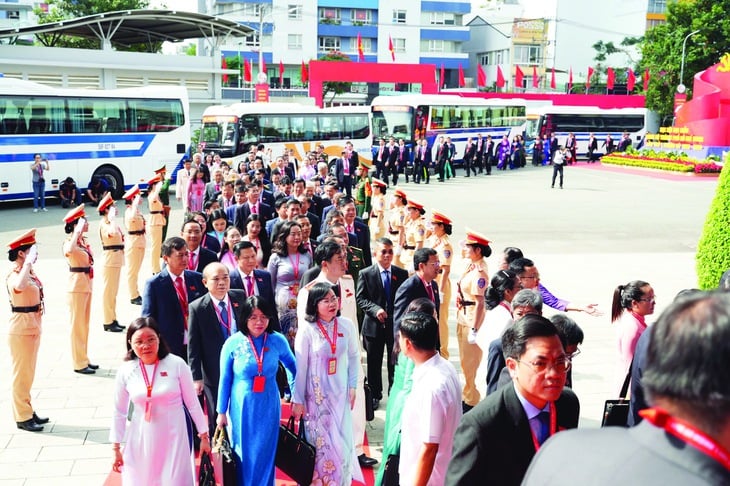
Delegates attending the 1st Ho Chi Minh City Party Congress, term 2025 - 2030 - Photo: HUU HANH
Tuoi Tre talked with Dr. Nguyen Si Dung - Member of the Prime Minister's Policy Advisory Council, former Deputy Head of the National Assembly Office - about the vision, challenges and strategic breakthroughs that this megacity needs to make.
Mr. Dung shared that Ho Chi Minh City has just entered a new chapter in its development history, and the first congress of the expanded Ho Chi Minh City is not only a political event but also considered a milestone shaping the future development of Ho Chi Minh City in particular and the country in general.
A historic turning point, Ho Chi Minh City officially transformed
* Sir, with the new stature after the merger, what is the greatest significance of this historical event, beyond the framework of a normal political event?
- This congress has a significance far beyond a normal political event. It marks a historic turning point when Ho Chi Minh City officially transforms from a central city into a megacity, a regional city with a population of 14 million.
Not only planning its own development path, the city is drawing a vision for a national growth pole, a place where industry, finance, services, seaports and logistics converge at the top of the country.
The key lies in management thinking. A megacity cannot be run using the old model and way of thinking that is only suitable for small administrative units.
Ho Chi Minh City must operate like global cities, where data, technology and human intelligence are integrated into every decision.
A lean, transparent, predictable and responsive apparatus is needed, along with smart institutions to mobilize and allocate resources effectively.
And most importantly, that development must be inclusive and sustainable so that everyone, whether in the center or the suburbs, whether workers or businessmen, has the opportunity to benefit from the common prosperity.
It can be said that this congress not only opens a new journey with a new mission for Ho Chi Minh City but also opens a new development model for Vietnam in the 21st century. If Ho Chi Minh City can do it, Vietnam will have a model of an Asian megacity that is dynamic, civilized and inclusive.
* If you say, this congress is considered a turning point that will shape the future development of the region. What strategic changes do you predict in the governance model and socio -economic development?
- Yes, this is a turning point not only for Ho Chi Minh City but also for the whole region. When the three localities merge, a completely new development space is opened up, requiring a completely different management and economic thinking.
Ho Chi Minh City will have to shift to a data-driven megacity where all activities are monitored, forecasted and coordinated by technology. The government will become closer to the people but at the same time more powerful and efficient thanks to real-time information systems.
In terms of economic development, the expanded Ho Chi Minh City will no longer be just the largest factory and service center in Vietnam but will become a global growth pole - the financial, innovation and logistics center of Southeast Asia.
To do that, the city needs to be given greater autonomy in budget, personnel and policy, especially the ability to attract international talent and investors.
And above all, all development decisions must be people-oriented. A megacity can only survive if it ensures inclusiveness and equity.
Convenient transportation, affordable housing, a clean environment and access to high-quality services must become the norm in planning and management.
Ho Chi Minh City is facing the opportunity to reposition itself, not only as an economic locomotive but also as a model of a livable city in Vietnam in the future.
Opportunities come with great pressure.
* So, in your opinion, what are the biggest strengths and challenges that Ho Chi Minh City will have to face in the next 5-10 years, especially in balancing urban and industrial development and environmental protection?
- The greatest strength of the expanded Ho Chi Minh City is the resonance of three strategic advantages: a strongly developed industrial - service - seaport center; a young, dynamic, creative human resource and a special geopolitical position, directly connected to the global economic network.
If given appropriate special mechanisms, the city can become a locomotive leading double-digit growth, bringing Vietnam into the ranks of developed economies.
However, along with opportunities come enormous pressures. Rapid urbanization, industrial expansion and a constantly growing population can strain the environment, infrastructure and quality of life to their limits.
As traffic jams become the norm, as air pollution worsens and housing becomes unaffordable, the advantages of a megacity will fade.
Therefore, the biggest challenge in the coming period is to find a new balance between growth and sustainability. Every project, every industrial park, every planning policy must be designed to reduce emissions, save energy and protect the environment.
It is necessary to develop green public transport, encourage circular economy and ensure that no one is left behind in the urbanization process. When the three factors of economy, environment and quality of life are balanced, Ho Chi Minh City will truly become a desirable megacity.
* In the trend of digital transformation, administrative reform and non-territorial governance, how can Ho Chi Minh City take advantage of this opportunity to become a model of a smart city?
- This is the golden time for Ho Chi Minh City to make a breakthrough. With the population size and complexity of a megacity, it cannot continue to operate with paper documents and cumbersome procedures. The city must be run on a digital platform, with data and technology as the pillars.
We can envision an “urban operating system” – where every activity, from transportation, healthcare, education to public services, is connected and managed in real time.
Citizens will need only one account to access all government services. Leaders will be able to monitor and make instant decisions based on a digital twin of the entire city.
Administrative reform also needs to completely shift from a controlling mindset to a serving mindset. The principle of silence is consent should become the norm, helping people and businesses to benefit maximally from convenience and transparency.
And in the trend of borderlessness, Ho Chi Minh City can completely reach out to connect directly with other megacities in the region, from Singapore to Seoul, to exchange resources, ideas and development opportunities.
At that time, the city will not only be the largest center of Vietnam but also part of a dynamic, integrated and modern global urban network.
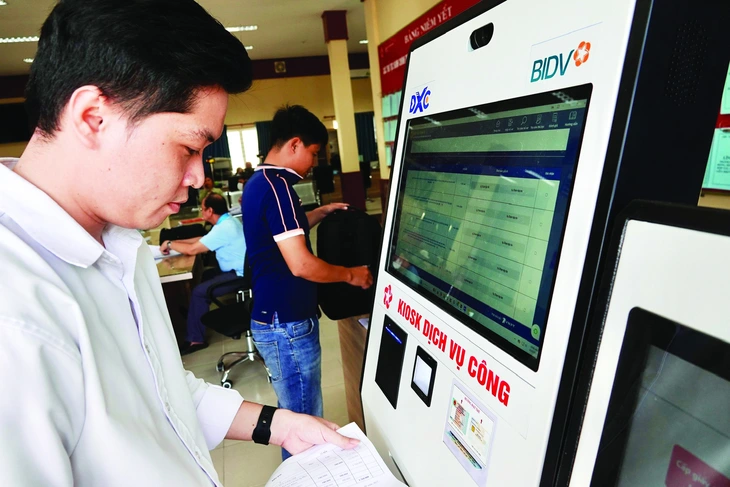
People scan documents at the public service kiosk (Can Gio Commune Public Administration Service Center, Ho Chi Minh City), then the file is saved in the file, no need to print it out and submit it as before - Photo: TTD
Expect vision and the courage to innovate
* If you have to choose a direction to make your mark in the term after the congress, which field do you think Ho Chi Minh City should prioritize?
- A modern city must first solve the traffic problem. If Ho Chi Minh City is determined to complete the metro system, BRT and green public transport routes, people can move faster, cleaner and more conveniently. When traffic is smooth, all other areas will be supported.
At the same time, it is necessary to create a suitable housing policy so that everyone can settle down. A city is only truly livable when workers, teachers, doctors or migrant workers all have the opportunity to own a home.
And digital transformation in governance is indispensable. A two-tier government, operating on open data, making quick and transparent decisions will be the most profound mark of a term. If these things can be implemented to the end, the new Ho Chi Minh City will enter another era, where quality of life, fairness and governance capacity progress together.
* What do you expect from the generation of leaders of Ho Chi Minh City appointed in this historic congress?
- My biggest expectation for the new generation of leaders is their vision and courage to innovate. The expanded Ho Chi Minh City is not just a larger city but has become a megacity with a completely different scale, role and responsibility.
To lead such a megacity, the leadership team needs to go beyond conventional administrative management thinking to enter strategic management thinking, global integration and inclusive development.
I expect the city's new leaders to dare to think big and dare to do differently; boldly experiment with new models of institutions, finance, planning, and technology, as many megacities in the world have done before.
More importantly, they must have the courage to take responsibility, be ready to take the lead, and put the long-term interests of the city and the country above all local calculations.
If that can be done, the generation of leaders selected at this congress will not only make Ho Chi Minh City the central driving force of the country but also elevate the city to the position of a megacity with influence in the region and on the global map.
* Dr. PHAN HONG HAI (Party Secretary, Principal of Ho Chi Minh City University of Industry):
Knowledge economy, strategic breakthrough
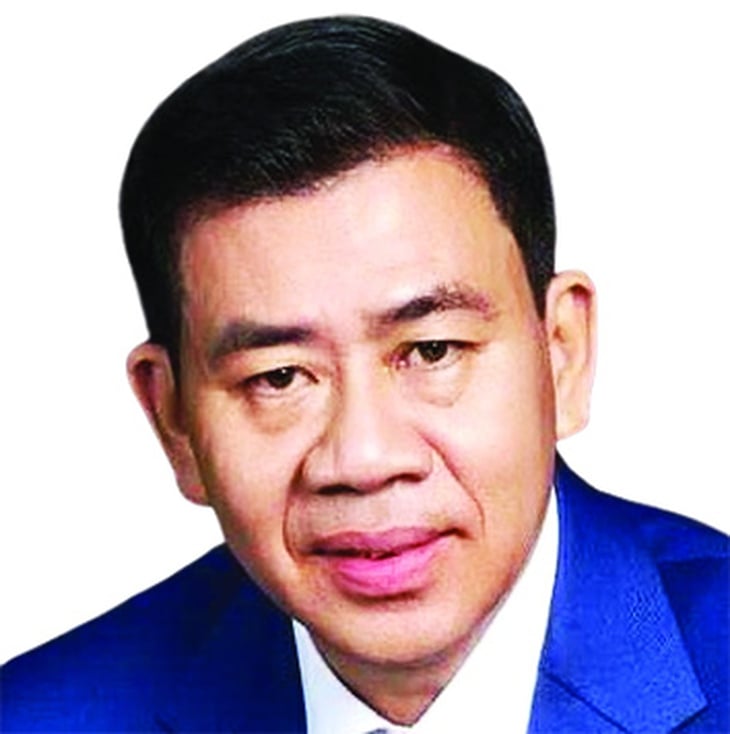
The merger of Ho Chi Minh City with Binh Duong and Ba Ria - Vung Tau opens up a new development space for the modern, dynamic and potential super-urban area of the Southeast region.
This is a turning point for the 1st Ho Chi Minh City Party Congress, term 2025 - 2030, to establish strategic breakthroughs, in which the knowledge-based economy needs to become a consistent pillar.
In that context, the intellectual community, especially in the fields of education, science and technology, must be recognized as the vanguard force in creating the future.
It is time for a specific mechanism to be needed for universities to have real autonomy and directly participate in the economic, social and urban development of the city.
From the perspective of higher education institutions, there are three key proposals: First, Ho Chi Minh City needs to establish a development model based on a knowledge-based economy, with education, science and technology as three fundamental pillars.
With the largest network of universities and research institutes in the country, if effectively connected, this will be a driving force for sustainable growth.
Second, it is necessary to build an innovation ecosystem that closely connects the State - schools - businesses, and at the same time issue open mechanisms to transform knowledge into products, technologies and solutions to serve society. Then Ho Chi Minh City will become the leading knowledge center in the region.
Third, intellectuals are ready to accompany the city in training digital human resources, developing high-tech industries, promoting urban digital transformation and solving challenges related to the environment, social security and sustainable development.
To realize that aspiration, Ho Chi Minh City needs a breakthrough development strategy, clearly establishing a leading role in the region, synchronously investing in digital infrastructure, transportation, renewable energy and implementing a smart urban governance model based on open data, artificial intelligence and people's participation.
* Dr. Nguyen Tri Hieu (finance and banking expert):
A well-fitting "institutional shirt" is needed for Ho Chi Minh City to develop sustainably.
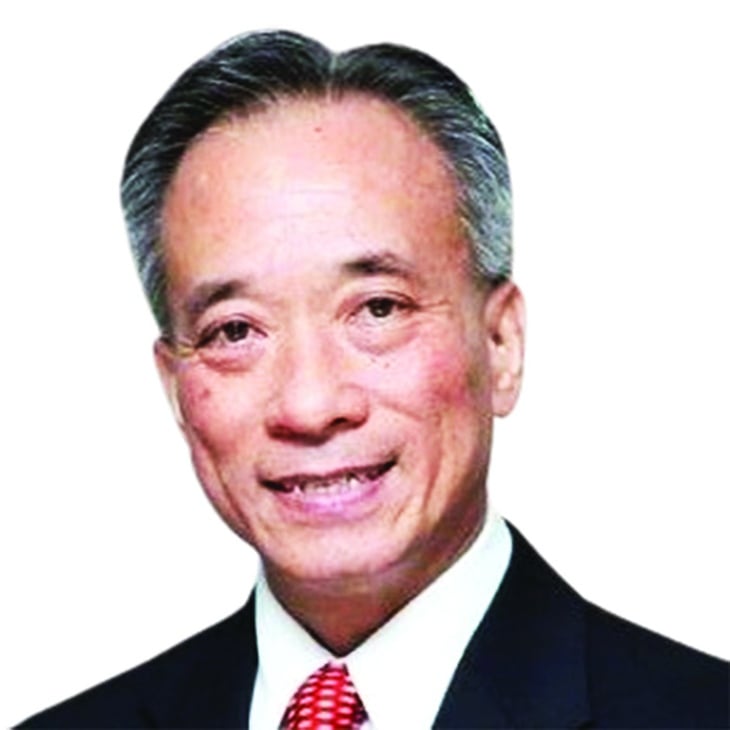
The merger of Ho Chi Minh City with Binh Duong and Ba Ria - Vung Tau opens up an unprecedentedly large development space, marking an important turning point in Vietnam's urbanization process.
This is a rare opportunity to form a megacity with population, economic scale and influence on par with the world's major centers.
When the three most dynamic economic regions in the South converge, a global-scale urban-industrial-service ecosystem can be formed, creating new momentum for the country's development.
However, what is important is not how much the area or population increases, but whether the governance and operation capacity of that megacity is commensurate or not.
The merger is only the first step in terms of geography, while cultural, social and development model harmony requires a long-term vision and careful preparation.
Each locality has its own identity, economic organization and lifestyle, so if not skillfully harmonized, those differences can become barriers rather than combined strengths.
The most difficult problem is not in technical infrastructure but in human infrastructure, in the consensus and adaptation of the community in a new common space.
The region’s current infrastructure is still not capable of supporting a megacity. Problems such as congestion, flooding, environment and traffic are still lingering “ripples”, making the quality of life of the people not commensurate with the position of an economic locomotive.
In other words, the current "shirt" is still too tight compared to the new development scale and if we do not quickly complete infrastructure and institutions, we may create a giant but lifeless urban area.
Another issue is institutional space and autonomy. Despite its megacity size, Ho Chi Minh City is still constrained by central policies on budget, tax, planning and investment.
Without a strong enough specific mechanism, the new megacity will find it difficult to be flexible in its management and will easily fall into the situation of "big body but small mechanism".
Therefore, if this area is to truly become an international financial, industrial and service center, it is necessary to soon redesign the governance model, clearly decentralize and empower the urban government more.
The first Congress of the Ho Chi Minh City Party Committee is an opportunity for the city to shape its future. The congress should not only discuss development goals but more importantly, discuss how to operate an unprecedented megacity where socio-economic, political and environmental issues are intricately intertwined.
Every decision at this time must be aimed at building a solid foundation before accelerating, because "if we go too fast without adequate preparation, we will be putting the cart before the horse."
When infrastructure, institutions and human resources are properly prepared, Ho Chi Minh City can completely become a regional financial and seaport center, leading Vietnam to enter the group of highly industrialized countries by 2045.
Source: https://tuoitre.vn/tp-hcm-voi-su-menh-mo-ra-mo-hinh-tang-truong-moi-20251014074946751.htm


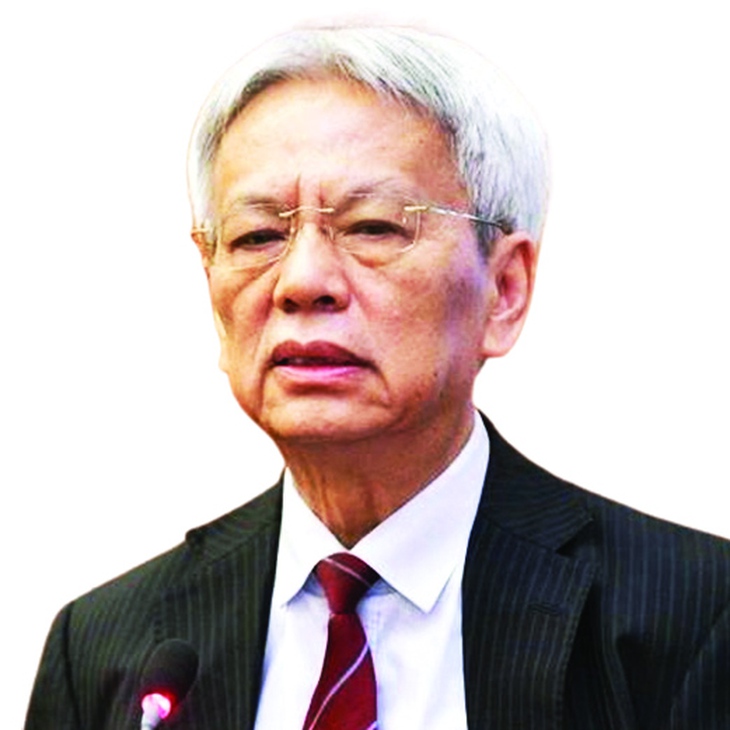


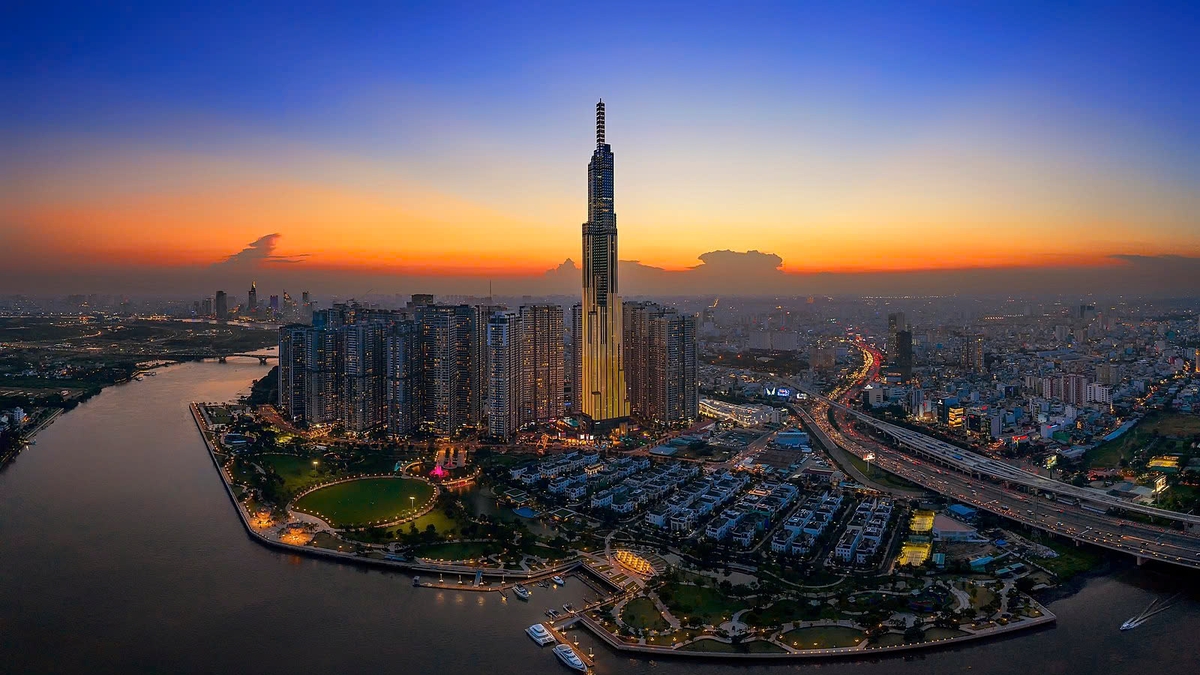





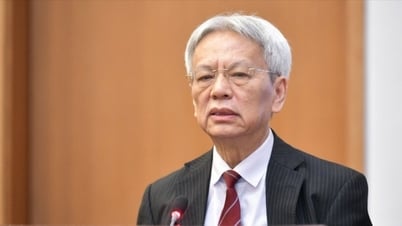





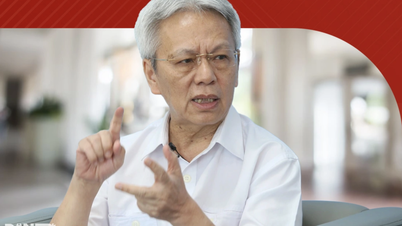
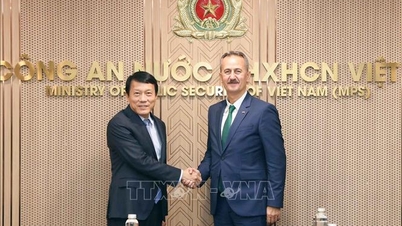

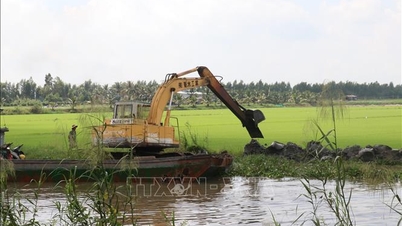
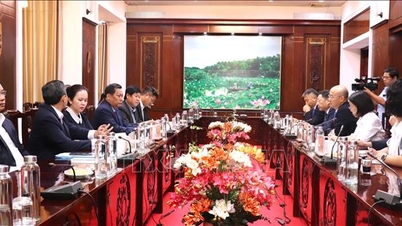
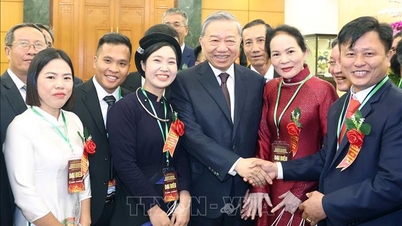
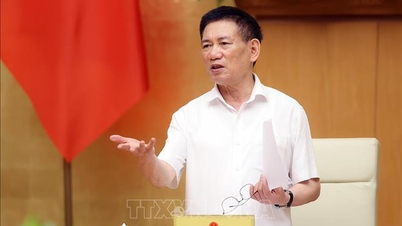






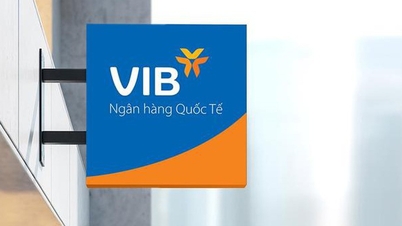









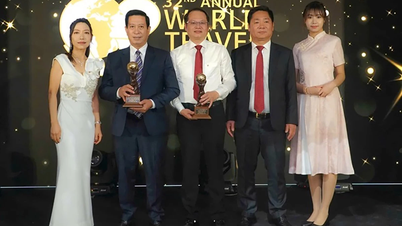

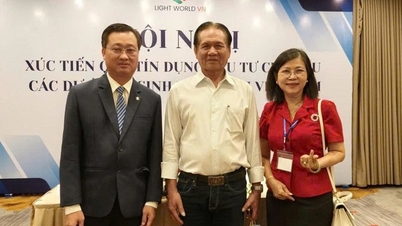


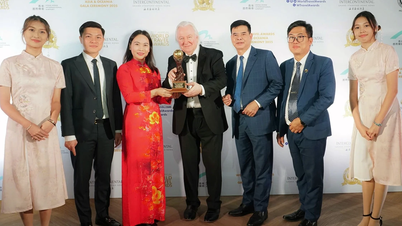

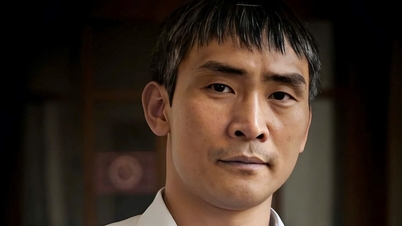
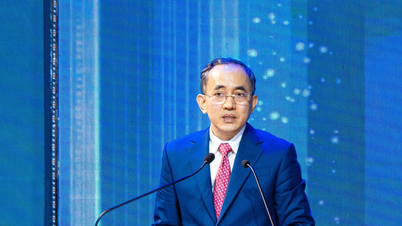



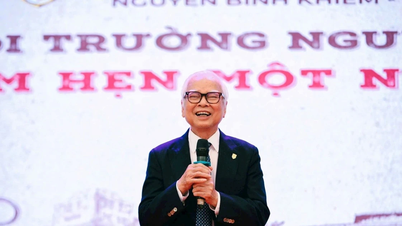




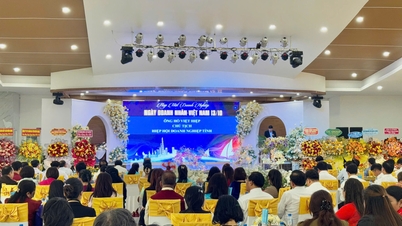

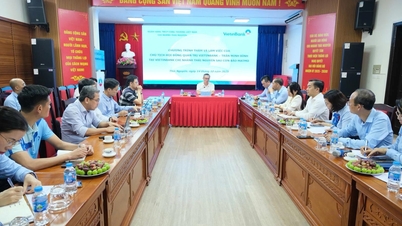
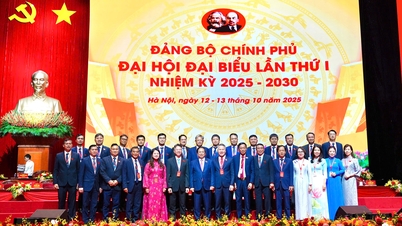
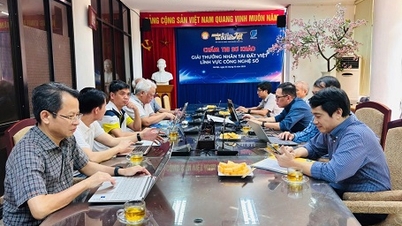

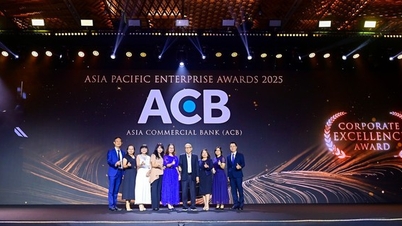






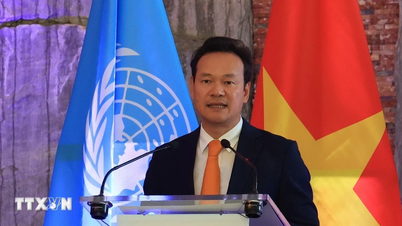






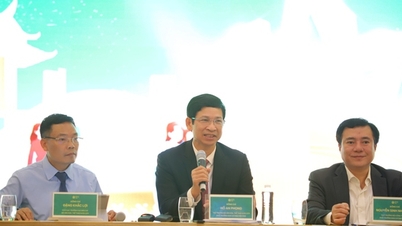

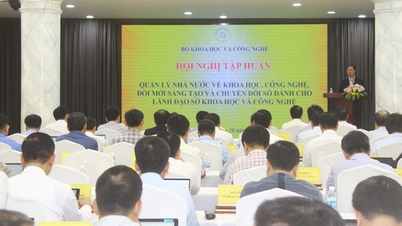



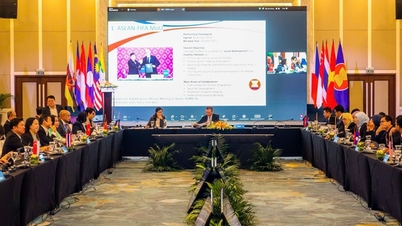
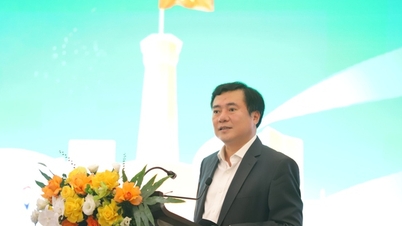
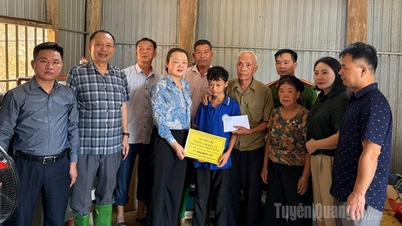



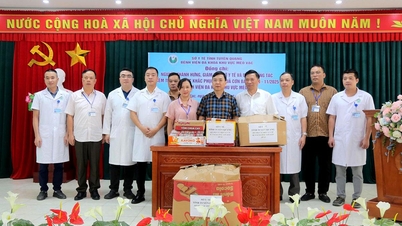


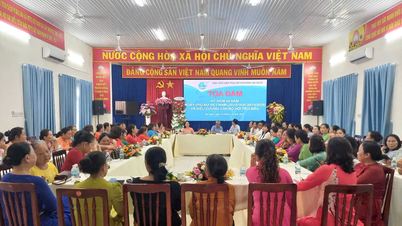
















Comment (0)